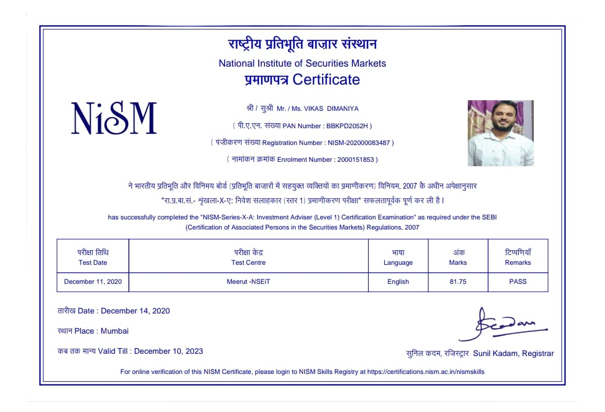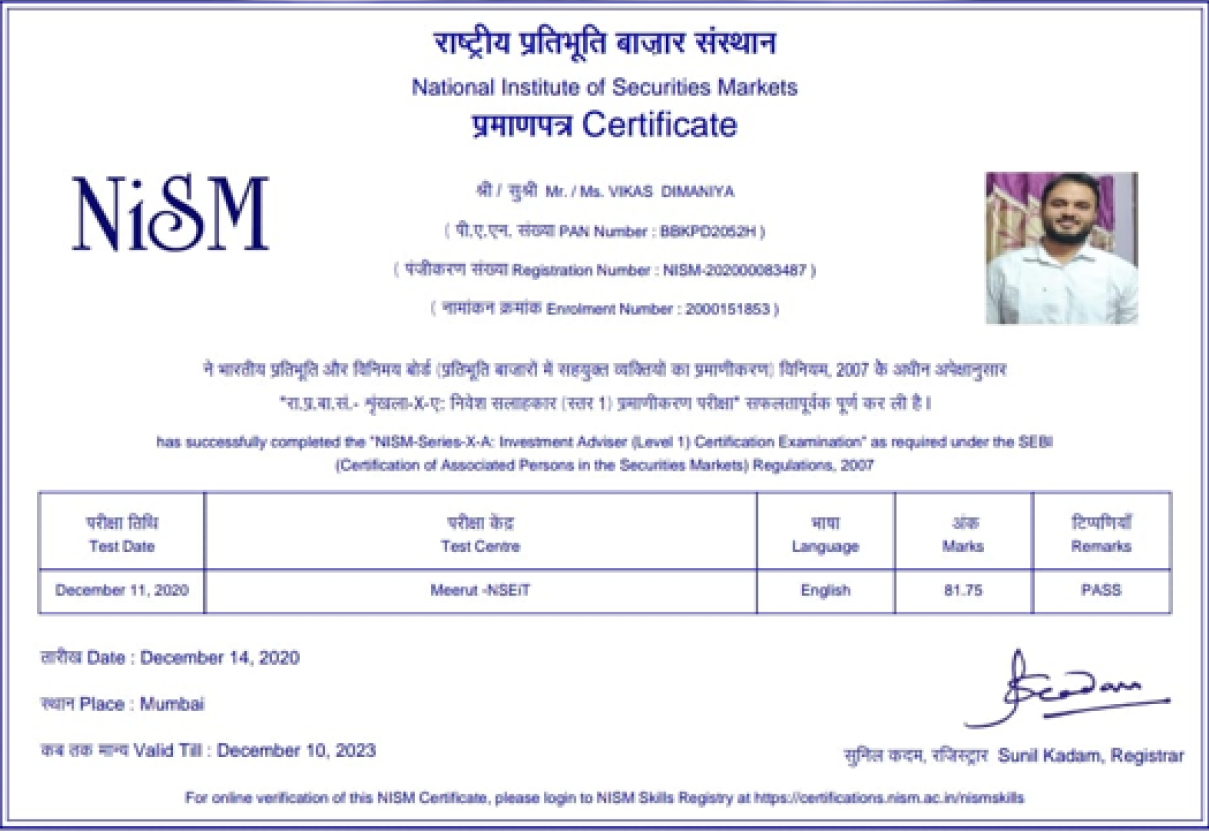Introduction:
Technical analysis is a powerful method used by traders and investors to analyze past market data and price trends in order to predict future price movements and identify trading opportunities. By studying price patterns, chart formations, and key indicators, technical analysis provides valuable insights into market behavior, helping investors make informed decisions and capitalize on market trends.
Importance of Technical Analysis:
a. Significance in Short-term Trading: In the fast-paced world of stock market trading, technical analysis holds immense importance for short-term traders. While fundamental analysis focuses on a company’s financials and intrinsic value, technical analysis helps traders gauge market sentiment and make quick decisions based on price trends.
b. Identifying Entry and Exit Points: One of the primary benefits of technical analysis is its ability to pinpoint entry and exit points for trades. By analyzing support and resistance levels, traders can identify optimal buying opportunities during market dips and selling opportunities when stocks approach resistance levels.
c. Managing Trading Risks: Technical analysis allows traders to set stop-loss levels and manage their risk effectively. By analyzing price movements and using various indicators, traders can implement risk management strategies, protecting their capital from substantial losses.
How to Perform Technical Analysis:
a. Choose a Specific Stock: To begin, select a stock or financial instrument you wish to analyze. It’s essential to focus on stocks that interest you or align with your trading goals.
b. Analyze Historical Price Data: Utilize candlestick charts or line charts to study the historical price movements of the chosen stock. Pay attention to patterns, trends, and significant price levels.
c. Identify Support and Resistance Levels: Draw support lines at levels where the stock’s price tends to bounce back from after a decline. Similarly, draw resistance lines at levels where the price tends to face selling pressure after an upward move. These levels can act as potential turning points for the stock’s price.
d. Use Technical Indicators: Incorporate technical indicators like Moving Averages (MAs), Relative Strength Index (RSI), and Moving Average Convergence Divergence (MACD) to gain further insights. Moving Averages smooth out price data and help identify trends, while oscillators like RSI and MACD indicate overbought or oversold conditions.
Key Tools and Indicators Used in Technical Analysis:
a. Trendlines: Trendlines are essential tools for identifying the direction of price trends. They connect a series of higher lows in an uptrend or lower highs in a downtrend, providing a visual representation of the stock’s momentum.
b. Moving Averages: Moving Averages are versatile indicators that help traders spot trends and potential entry or exit points. The 50-day and 200-day moving averages are commonly used by traders to identify short-term and long-term trends.
c. Oscillators: Oscillators, such as the RSI and MACD, help traders identify overbought and oversold conditions in the market. These indicators can indicate potential reversals or continuation of trends.
Conclusion:
Technical analysis plays a vital role in the stock market, offering valuable insights into market trends, entry and exit points, and risk management. By analyzing historical price data and utilizing various tools and indicators, traders can make informed decisions and enhance their chances of success in the market. Incorporating technical analysis into your trading strategy can lead to more confident and profitable trading outcomes. However, it’s essential to remember that technical analysis is just one aspect of trading, and combining it with sound risk management and fundamental analysis can further strengthen your trading approach. Happy trading!




